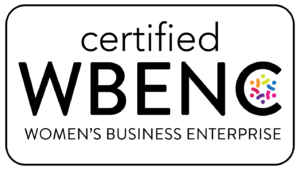Do your employees feel comfortable to share their ideas and concerns, or raise questions? If you’re unable to answer that question with a confident and resounding “Yes!”, you may want to take a look at the level of psychological safety your workplace offers.
According to Forbes, psychological safety at work is “a shared belief held by members of a company, department or team that the team is safe for interpersonal risk-taking.” Simply said, if employees feel psychologically safe at work, they feel free to express their genuine thoughts and opinions without fear of rejection, embarrassment, or reprisal.
Psychologically safe workplaces are important because they foster innovation, increase productivity and improve retention. Employees are more likely to share unique ideas if they feel safe to do so. If mistakes occur, they can be treated as a learning opportunity; unlike employees in psychologically unsafe workspaces where mistakes may be hidden due to job security concerns. Not surprising, turnover is reduced because great teams flourish in psychologically safe work environments. Employees want to work where they’re valued. Ultimately, being part of a great work environment is beneficial to the company, its consumers, and the community.
Improving psychological safety in the workplace requires dedication and must be a priority to management. Begin by observing your team’s communication style. How are differing opinions handled? Ensure all ideas are heard by reassuring the team that honest feedback is welcomed. Be sure to thank team members for their contributions.
Celebrate diverse thinking and show respect for all opinions. Model how to provide constructive criticism without belittling others.
What steps are you taking to improve psychological safety in your workplace? Let us know in the comments below and remember…make it a great day!








